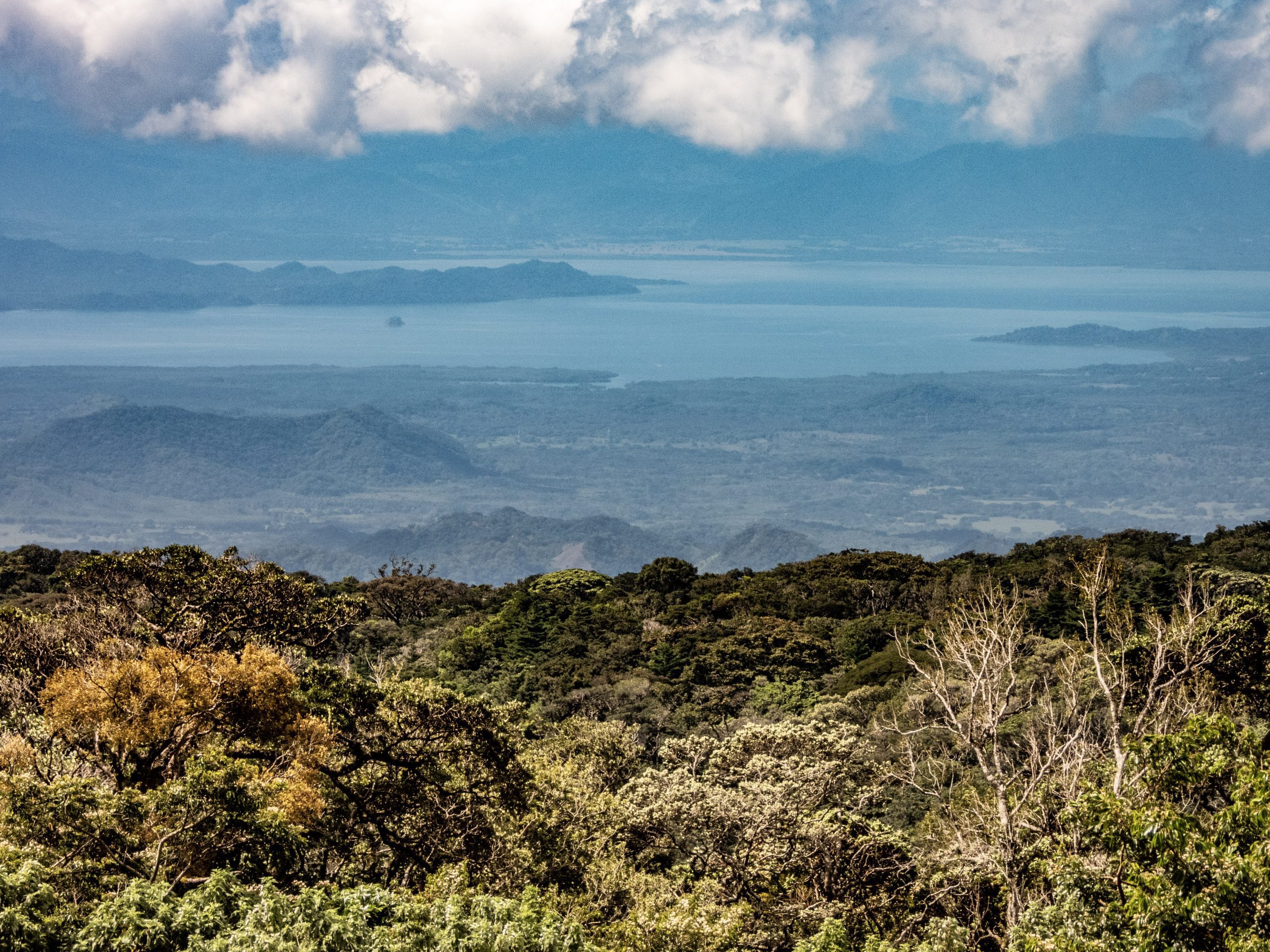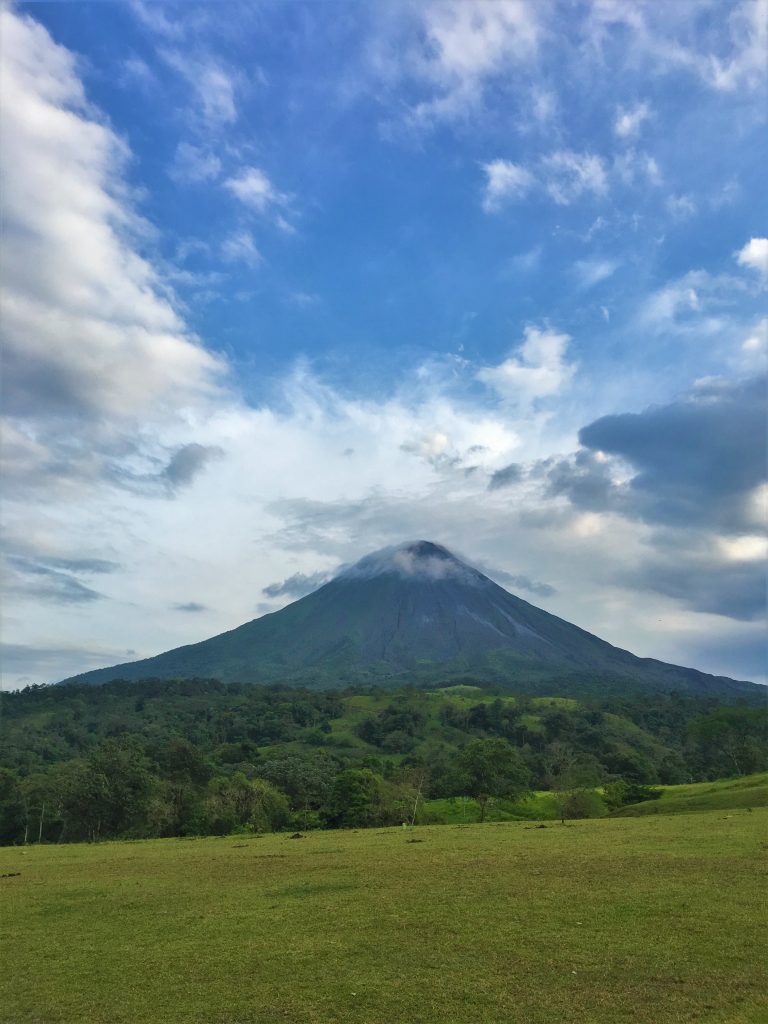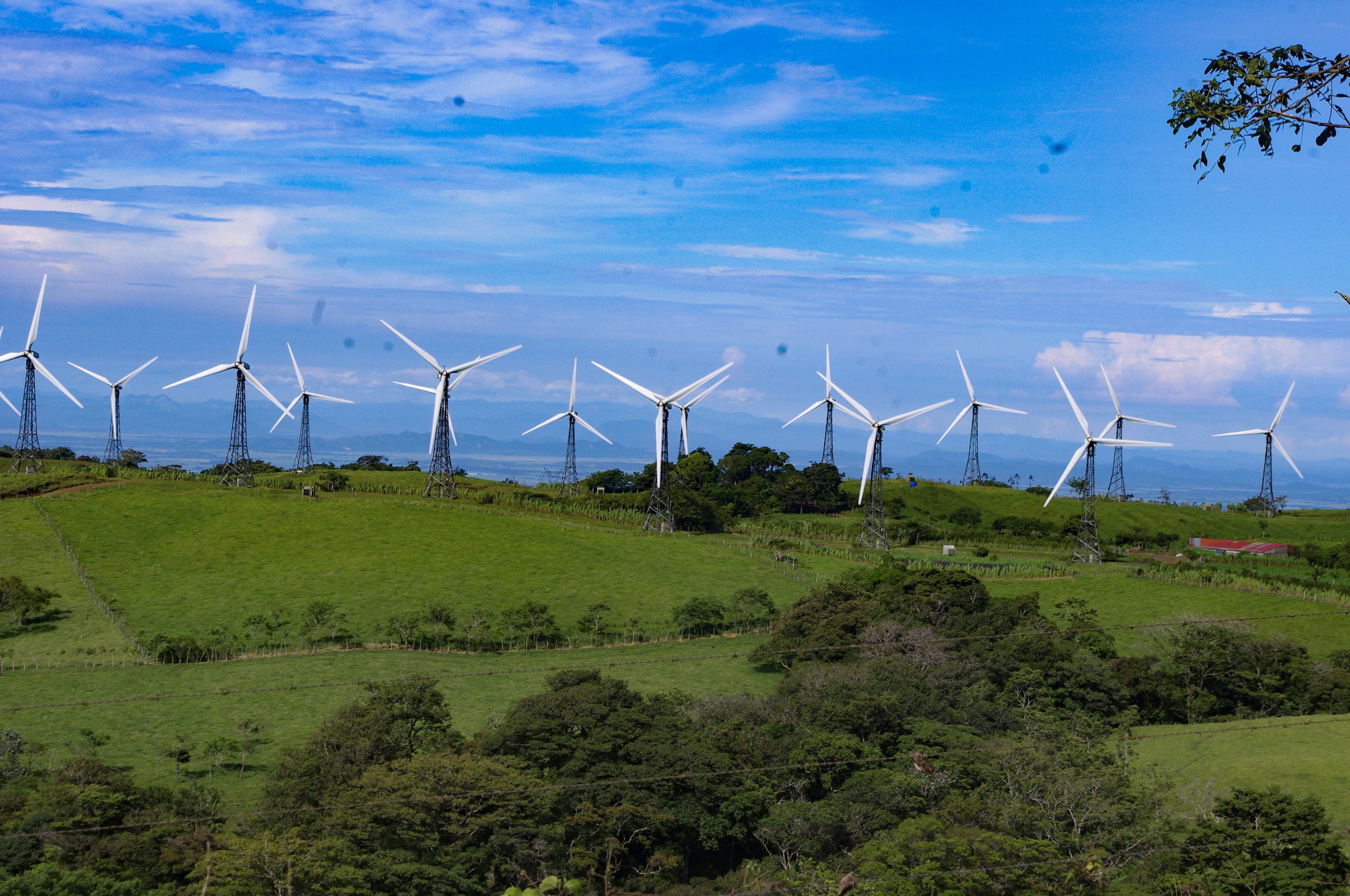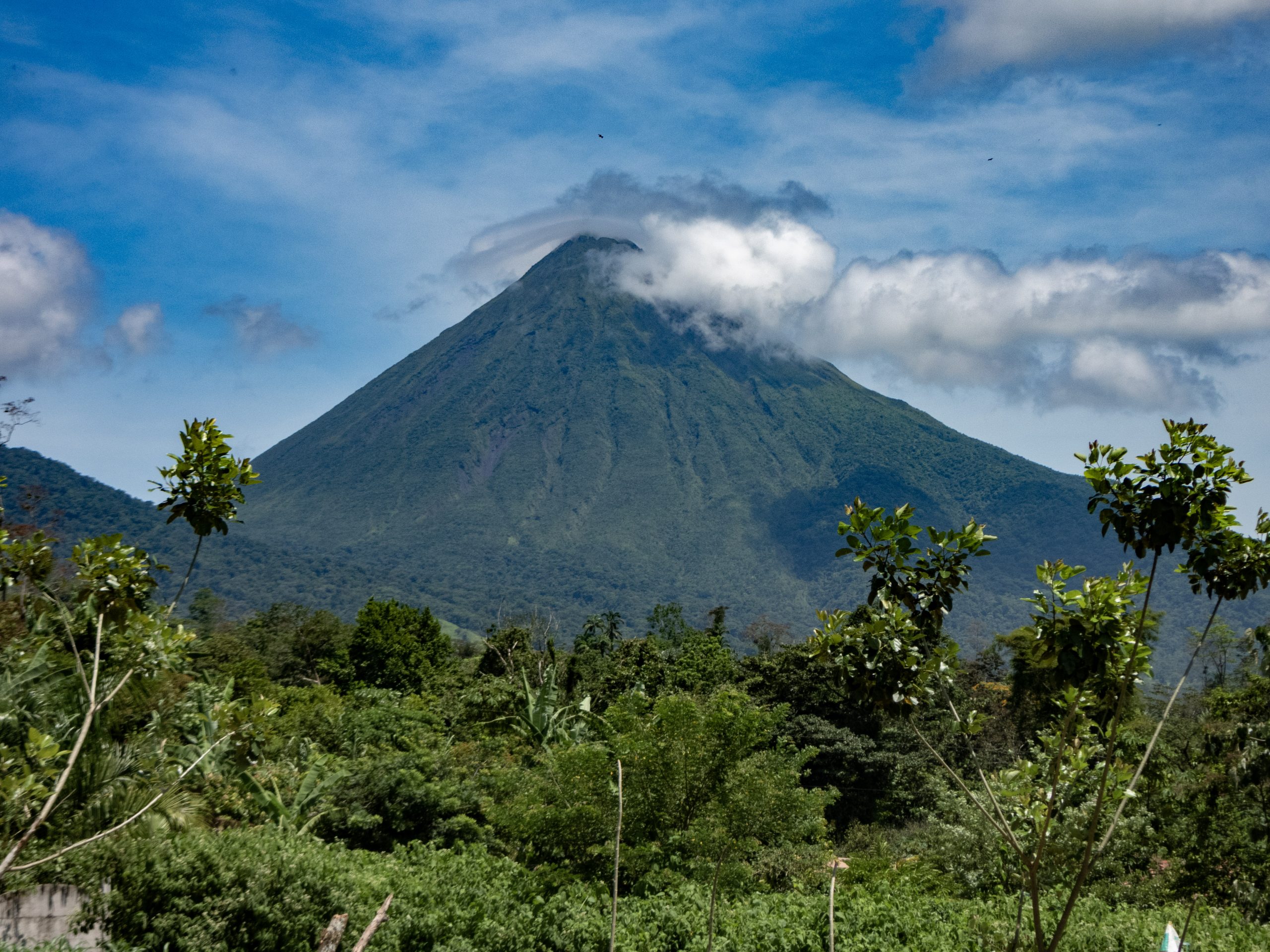
The Original and Still the Best: La Fortuna to Monteverde, Around Lake Arenal
Drum roll, please: Howler’s On the Road Again series of self-driven adventures concludes this month with the best that we’ve saved until last. This grand finale in our countdown from No. 4 in the November 2021 issue, brings us now to what is still my favorite road trip in the country, and one of my favorites in the world.
The traditional “see Costa Rica in three to five days“ trip — years before the rush to the beaches took precedence — was composed partially of this drive, around Lake Arenal to Monteverde. I first drove this route 20 years ago, and have done it several times since.
The trip starts in La Fortuna. I will not expound on things to do or eat there, or places to stay. There are many other articles written about those attractions.
Uphill climb
From La Fortuna, you head west, past the endless hotels, restaurants and thermal spas on Route 142. You will notice that you are driving uphill the entire time. Lake Arenal and the iconic Arenal Volcano are much higher than the town of La Fortuna — a fact people may miss until they have a hot evening in town.
You’ll see a small police station and bus stop on your right, as you proceed to turn left to go to Arenal National Park. The volcano, on a clear day, spreads across the sky as you approach. If you want to hike, there is the 1968 park entrance, named after the lava flows there from the huge 1968 eruption that started the volcano being constantly active until 2010.
From there, you take the back road to the new park entrance called The Peninsula. This new park entrance has beautiful trails that take you out on a small peninsula that juts out into the lake. Enjoy wonderful photo opportunities here!
From The Peninsula, you drive back out to the main highway and cross the Arenal Dam, which created the lake. Until recently, this was the largest hydroelectric project in Central America. At one time it produced 70% of the nation’s power, but now only supplies about 16%.
Community reborn
You cannot visit the town of Arenal — it is on the bottom of the lake — but the next stop is the town of Nuevo Arenal. The inhabitants of Arenal were relocated to this new location when the dam was built in the 1970s.
Nuevo Arenal has grown every time I have visited over 20 years, and is now a thriving and still-growing tourist town — a quieter destination for some than La Fortuna. My favorite spot to stop in Nuevo Arenal is the German Bakery, which has been there since the start of the town. It’s ideal for breakfast or lunch, or to buy pastries or pretzels for the road, and unbeatable German breads.
As you drive, if the day is clear, every turn becomes a “Kodak moment.” Expect ohs and ahs at every curve, watching the interplay between the sky, the lake and the volcano’s perfect cone. It may truly be one of the most beautiful places I have driven in the world. The view constantly changes as you get to the western end of the lake, where you now view the volcano with the entire lake in the foreground. There are lots of stops and miradors — I like Café & Macadamia if you need a rest and some great coffee.
You now start around the other side of Lake Arenal, but just stay on 145 and immediately you start up the mountains. In only a couple kilometers, there is a Mirador Tilaran. Right after that, you can turn right and drive up to the parque eólico — the wind farms.
If you have never visited a wind farm, you are in for a treat. These giants spread their wings over the lake and volcano as the whoosh of the blades mix with the constant wind. The views leave you breathless.
Our next stop is the city of Tilarán. On a personal note, on one of our first trips to Costa Rica, Tilarán made me suddenly say, “Wow, I could live here.” We did not end up there, but it is a beautiful area.
Cloud forest fame
Outside of Tilarán you start uphill again, past waterfalls and views all the way to the Pacific. The pavement ends and you finish the trip on gravel. They keep this road in pretty good shape, so it is usually no problem. Up and up you go, to over 5,000 feet, passing coffee fields until you get to your final destination: Monteverde, the Quaker-founded town that made cloud forests famous.
Information on what to do and see in Monteverde is available in many sources. But visiting Monteverde cloud forest, the Santa Elena Park and the Curi Cancha private reserve will give you the full cloud forest experience. Enjoy it, and the wonderful places to stay and eat there.
By the way, there is a really fast, new, totally paved road down the other side that takes you to the coast in about an hour, so you do not have to retrace the route.
Now, get in the car and drive!




